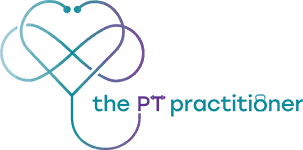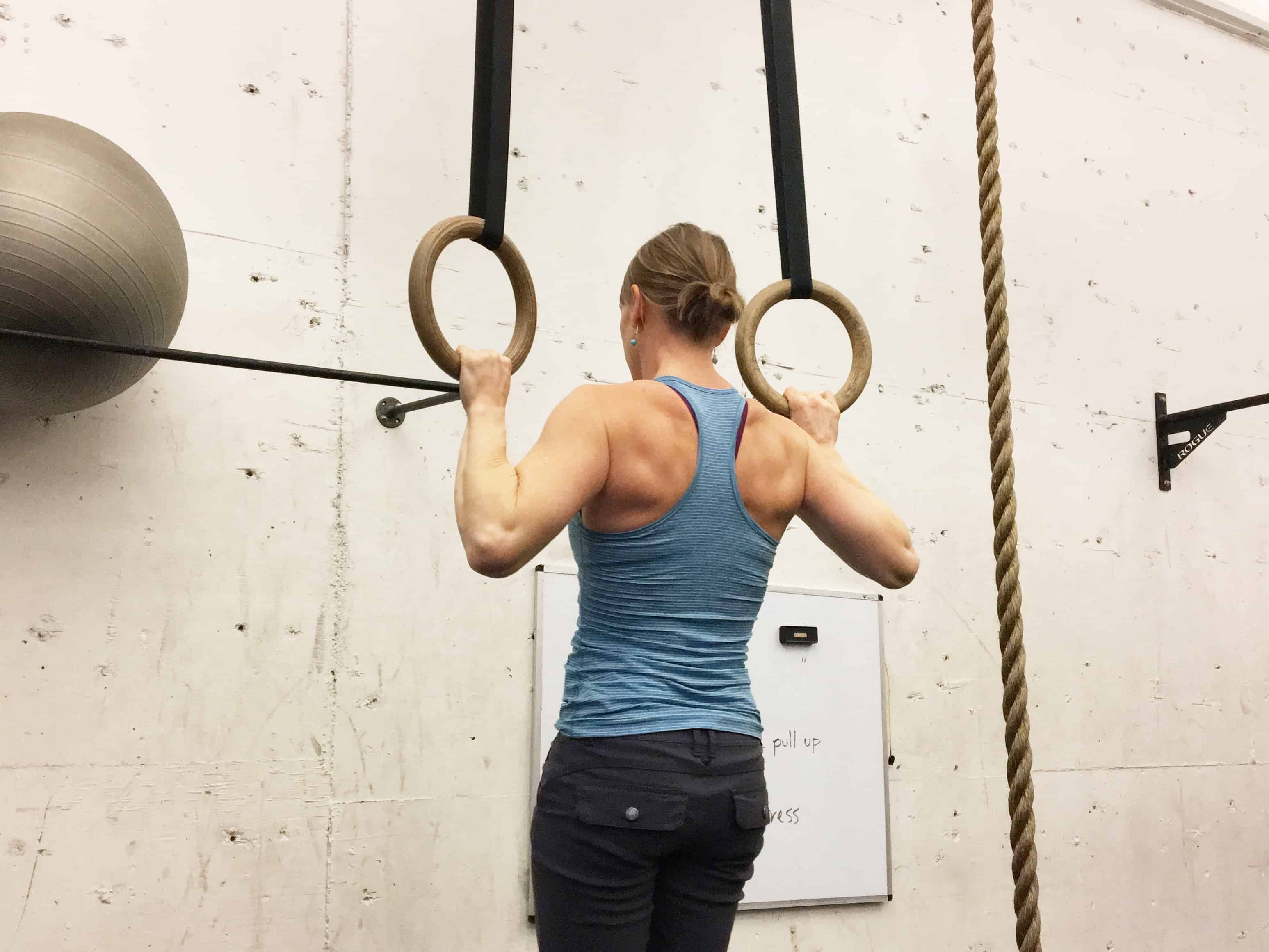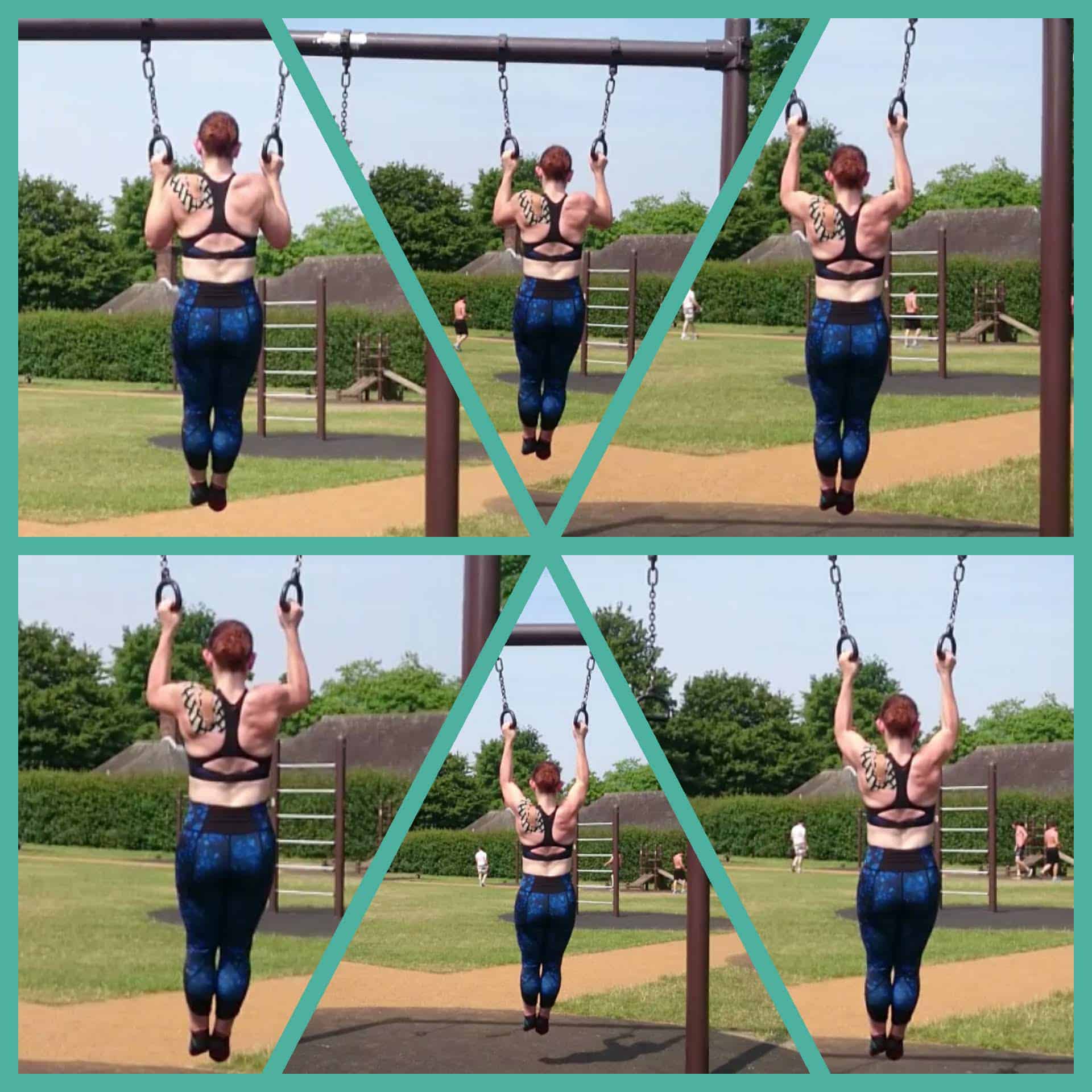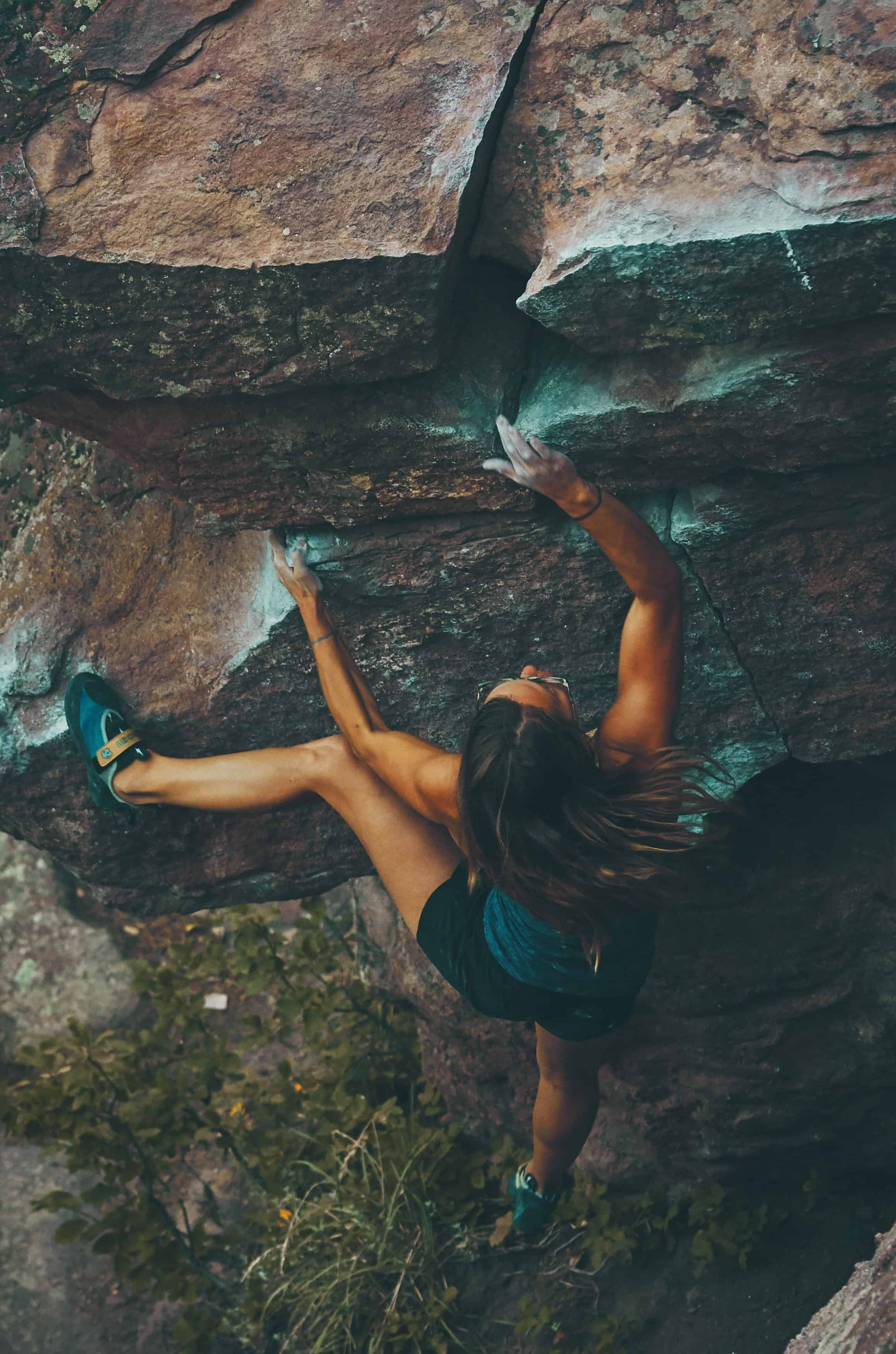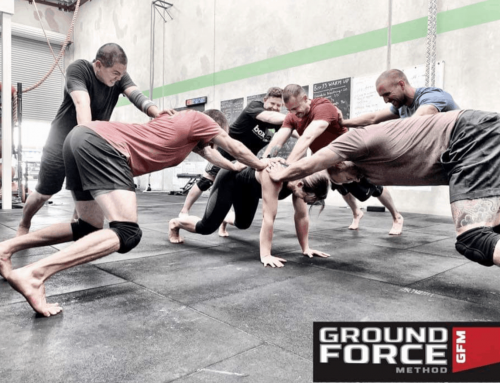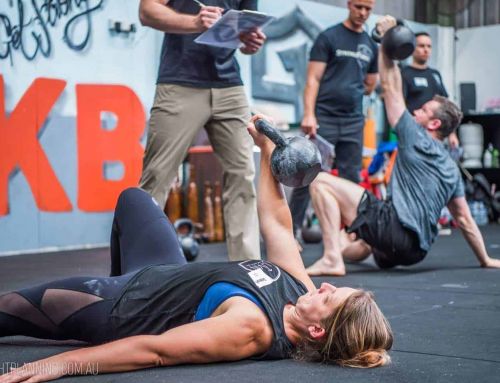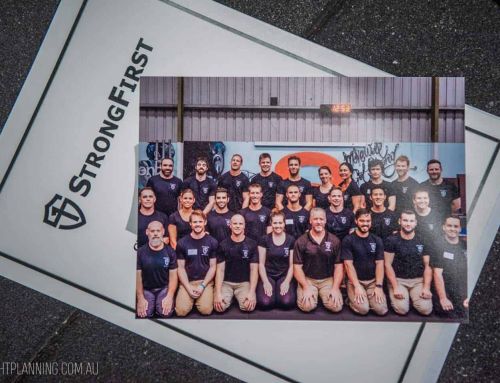The humble pull up; the epitome of strength and fitness.
Can you do pull ups?
Do you love pull ups?
It’s likely the answer to both of the above questions is the same! Pull ups are hard and so if you’re still trying to get that first one you are likely not yet in love with this particular exercise, but it’s definitely worth sticking with it because I’d like to bet that you’ll love them once you master them!
Why should you want to love pull ups?
The pull up is a challenging exercise and the difficulty level is an indicator of the level of benefit. The benefits of pull ups are many! You need to be strong to do pull ups and doing more pull ups will make you stronger! Pull ups are a functional compound exercise – they use many muscles and joints and they mimic activities of daily life. As you sit at your computer or staring at your phone reading this blog post think about your posture for a large part of the day – hunched over and heading towards looking like quasimodo?! Virtually every client I see on a daily basis needs to strengthen their upper back and stretch out their chest to counteract hours of sitting or standing with poor posture. Pull ups are one of the best exercises for this.
Do you exercise because you want to lose weight or get fitter and stronger? Pull ups are a very effective resistance exercise that will get your heart rate up and also fire up your metabolism to burn more calories for many hours after your workout has finished. How awesome would it be if daily tasks felt easier – carrying the shopping or moving the furniture to push the vacuum round – pull ups can help with this! As a functional, closed kinetic chain exercise pull ups target multiple muscle groups and utilise numerous joints that are also used for many daily tasks. They also improve grip strength and assist with building a strong core.
Pull ups don’t require lots of gym equipment, simply something to pull yourself up on – that might be a strong tree branch, the monkey bars at the kids play-park or a purpose built pull up bar. Once you nail the pull up they are a versatile exercise with many variations and the ability to progress further with different grip positions or added weight on a belt or between the feet.
Pull ups are also a mental exercise – they are a challenge to master but with consistency, you can achieve that first unassisted pull up and then you’ll feel badass!!
If you’re not convinced by any of the above reasons, then consider this – could you save yourself if you fell over the side of a cliff or overboard on a boat? Could you pull yourself back up to safety?
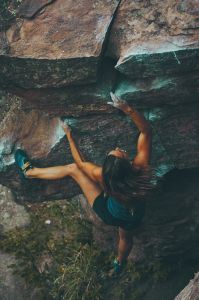


How to nail that first pull up….
Step by step guide to getting your first pull up.
Getting that first pull up requires patience. It won’t happen overnight. There is a process to follow and consistency and mental toughness will get you there in the end. Before jumping straight up to that bar and getting frustrated because it just feels too difficult, building a strong foundation first will pay dividends.
- Start with exercises which require you to pull something down against resistance rather than pulling your body weight up. The lat pull down machine is good for this if you have access to an equipped gym but you can also use a resistance band looped over a bar. Kneel down and hold you body still and core strong, before pulling the band down towards your chest, squeezing your shoulder blades together and bringing your elbows in to the side of your rib cage.
- Pulling exercises which only take part of your weight. I like to start with suspension trainer (TRX or similar system or gym rings) rows before progressing to Australian pull ups (pulling yourself up from “down under” the bar in a horizontal position). Again focus on keeping your body still and core tight, whilst squeezing the shoulder blades and pulling your body towards the equipment.

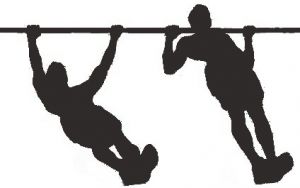
- Once you have built strength in the above exercises you will be able to increase the difficulty of them by elevating your feet or standing on one foot only. You can also use the suspension trainer to pull up from seated, leaving your feet on the floor initially and eventually lifting your feet and pulling your body weight off the floor. This is essentially a pull up but being closer to the ground your brain is tricked into thinking it is easier!!
- Now you are ready to step up to the bar!!!! At first I would suggest simply hanging from the bar and get used to the grip required and the feeling of being off the ground. Once you can hang for 30 seconds then you can start to hang and practice scapular retractions (the bottom part of the pull up where you simply bring your shoulders down away from your ears and squeeze your shoulder blades together). As you gain strength in this first movement then you can begin to increase the amount of pull until you are doing a partial pull up.
- Let’s get chin ups in the bag! Chin ups (palms facing you) are easier than pull ups (palms facing away) because you recruit the assistance of your biceps to give your back muscles a helping hand.
- Before you reach for the resistance band to assist you with your chin ups consider doing slow negatives. I think these are more effective at training you to engage the correct muscles and will get you to that unassisted pull quicker. Jump to the top of the movement and hold there briefly before slowly coming down with as much control as you can muster. Once you can do 5 negatives with full control, you can probably get your first chin up as a single. *I only recommend resistance bands for assistance as I feel that the assisted machine in gyms prevents you from learning proper form and creates bad habits.
- Resistance band assisted set of chin ups. Use a power band looped over the pull up bar and put a foot in it – straighten the leg and the band will give you some assistance to get to the top of your chin up. You can use the band to help you manage sets of chin ups.
- Once you can do 5-10 with a medium-light resistance band then you can likely do a couple of chin ups alone.
- Once you’ve mastered the chin up you should start experimenting with pull up grip (overhand/palms facing away) and I would suggest following the exact same process – negatives and then assisted with a band and then trying unassisted pull ups once you can do several perfect form (chin over the bar and all the way down to straight arms) with a light band for assistance.
- Enjoy the feeling of strength you get from nailing your pull ups! Now you can experiment with neutral grip, mixed grip, wide or close grip and maybe even towel grip pull ups and start incorporating them into your workouts with confidence.
Rule of thumb is that 5 good assisted chins = the ability to do 1 unassisted and 5-10 good chin ups = the ability to do a single pull up. I would suggest ensuring you can do 10 pull ups unbroken before thinking about adding weight.
5 Key Points for success.
- Pull the bar down to you rather than pulling yourself up to the bar.
- Squeeze everything! Squeeze your abs and glutes and squeeze your legs together.
- Point your toes on the way up and flex toes up towards your face on the way down.
- Grease the groove – this is a principle which can be applied to any skill you’ve yet to master. Don’t train sets to failure, instead do just 1 or 2 good reps but do this often throughout the day. For example, get an over the door chin up bar at home and do 1 or 2 pull ups every time you walk through that doorway. I bought one and put it in my kitchen so I could do a pull up every morning on my way through the kitchen for brekky, then everytime I went to get a drink or food I’ve have to do 1 or 2 reps, when the dinner was cooking I could do 1 every couple of minutes in between chopping veggies or stirring risotto!
- PATIENCE is key! Pull ups are difficult so they take work and time to get there but if you keep at it, you’ll get there eventually – what’s the rush?!

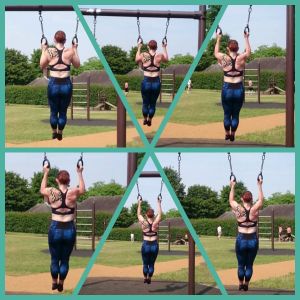
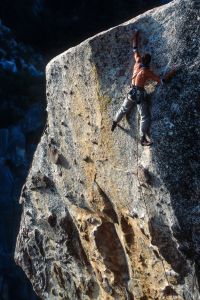
If you would like some assistance in your pull up training then Contact me about the personal training services I offer or feel free to shoot me a question via my website.
